Shriek Whistle
“The first time I heard it, I thought I was hearing something dying in reverse. Like something enormous was being born through its own scream.”
There is nothing ceremonial about the Shrieker Whistle. It is not decorative. It is not beautiful. It is not passed down with reverence or made with song. It is carved, tuned, and worn. Its purpose is simple. When blown in the right way, by the right number of people, in the right part of the mountains, it makes a sound that breaks the human mind and wakes up everything that knows what meat smells like. The sound it makes is not random. It is not the scream of a man or an animal. It is something specific. It is the sound that Rock Griffons make when they are in a frenzy, killing and eating a dragon. That sound means only one thing to a Rock Griffon. It means the feast is already happening. Not about to happen. Not possible. Already. It is happening, and if you are not there, you are missing it. That is the only call they answer without hesitation. The Arin learned what that sound does a long time ago. Not from magic. Not from folklore. From standing on a cliff and hearing the wind carry it from two valleys over. When you hear that sound, you do not ask questions. You do not look for where it came from. You do not plan. You react. And when the Arin found they could mimic it with shaped bone and breath and coordination, they never looked back. The whistle is carved from bone. Always bone. Never metal, never wood. Not because of belief or symbolism, but because it resonates the right way. It carries the sound through the air in the right shape. Most are plain. A few have scratches, notches, or markings. These are not artistic. They are personal. You might mark it for a pack that responded. You might mark it for a kill. You might mark it for someone who died because you blew it. No one else needs to know what the marks mean. They are not for anyone else. There are different sizes. That matters. Different shapes produce different tones. Alone, a single whistle might sound like a wounded predator. Maybe that is enough. Two or three can draw attention. Maybe one wild griffon lifts its head and decides whether to check. But if you do it right, if the angles are good, the pressure is right, the players know their roles, then the sound that comes out of the mountain is not several whistles. It is something else entirely. Something that screams in every direction with no face and no name. The sound bounces. It echoes. It ricochets through snow and ice and bare stone until no one can tell what direction it came from. It is not just loud. It is wrong. It cuts into the part of you that was supposed to grow old. Outsiders freeze when they hear it. Some fall. Some run. Those who stay do not stay for long. Because the sound means they are prey. And when the mountains start screaming, the Arin do not have to do anything but wait. Calling wild Rock Griffons into battle is not done lightly. It is not done for show. It is not done for petty threats. You are calling predators into your own homeland. You are calling someone’s bonded partner from a sunlit field. You are risking trained animals, family protectors, and beasts that were never meant to fight that day. The Arin do not treat that lightly. The whistle is used when something needs to die. Not sooner. Not instead. Every Arin knows that a whistle blown without cause is a curse. No one will stop you. No one needs to. If you call the mountain and the mountain answers wrong, it is on you. If someone’s griffon dies because you were impatient, they will remember. If a trained pack descends when it was not supposed to and someone has to put them down, they will remember. You will not be corrected. You will not be scolded. You will simply no longer belong. Because the whistle is not a weapon. It is not part of a chain of command. It is not an instrument of coordination. It is not music. It is a trigger. It is what you use when you are done waiting for someone else to do something. And when it sounds, there is no one left to blame. If what happens next was not what you wanted, that is your fault. The Arin do not use the whistle unless they have already accepted what it will cost. Outsiders think it is magic. They call it cursed. They say the land is haunted. But nothing about it is supernatural. The scream is real. The griffons are real. The avalanche is real. The snow you never saw coming, the sudden silence after, the lack of bodies left to identify, that is not a story. That is the country defending itself without waiting for permission. It is true that the whistle has not been used in many large scale events in recent memory. That is not a sign of peace. That is a sign of restraint. Every canton, every rural crossing, every ridgeline trail has people who know how to use it. Not formally. Not in units. But if the need arises, they will not need to be told. They will know how hard to blow, who should cover the vent, when to begin, and what sound to aim for. The instruction is not written. It is inherited. No one teaches a child to blow the whistle. But they learn. They hear it in stories. They see the way adults react to it in memories they do not share. They understand that this is not a tool for hunting. It is not a call for help. It is what you use when the country needs to remind someone what it is. And that the mountains are not empty. They are watching. There is no formal oath, no doctrine, no code around the whistle. But everyone in Areeott understands the truth. When it sounds, something is going to die. That is the currency. Not how strong you are. Not how many you bring. Not how loud you shout. The only thing that matters is what you are willing to give up to keep what is yours. That is the Arin way. It always has been. No army that has ever marched into Areeott has ever marched out. The Shrieker Whistle is not the reason. It is just one of the final sounds they hear. It is not a warning. It is not a mistake. It is not a cry for help. It is a sentence. And the mountains know how to carry it.
Mechanics & Inner Workings
“I have seen brave men draw steel against ghosts, curses, even blizzards. But I have never once seen a man draw steel on that sound.”
The Shriek Whistle produces its sound through controlled air compression and sudden internal distortion. When air is forced through the mouthpiece, it enters a small, narrow chamber that builds pressure before releasing it into a wider resonance cavity. That cavity contains an unevenly shaped void, often with carved obstructions or sculpted hollows, which break the flow and produce the unstable vibrations necessary for the sound’s character. The sudden expansion of air inside this distorted chamber causes it to reverberate violently, generating a screaming tone that rises and falls depending on breath strength, duration, and angle of entry. The turbulence is intentional. It is designed not for musical clarity but for unpredictable resonance. The more irregular the inner shape, the more distressing the resulting noise. The outer shape of the whistle helps shape and amplify the final output. Some designs include fluted vents or carved lips that scatter the sound outward. Others are smooth and closed to concentrate the direction. By placing fingers over different vent holes, a user can subtly alter the pitch and shift tonal range. Combined with head movement, this allows experienced bearers to manipulate the echo across terrain and make the sound seem as if it is coming from multiple directions. What makes the sound terrifying is not just its volume or pitch, but the absence of recognizable structure. It does not sound like wind, or horn, or scream. It carries no human shape. It resembles nothing a person expects to hear. The brain searches for meaning and fails. That gap between recognition and response is where fear takes hold. Whistles carved from dense, porous bone tend to produce a deeper, more layered tone. Those carved from thinner or brittle material often shriek at a higher frequency. Some experienced users will line parts of the interior cavity with resin or sinew to dampen or emphasize certain ranges. None of this is standardized. Every whistle sounds slightly different. That unpredictability is part of the effect. When several whistles are blown together in coordinated timing, the overlapping chaotic frequencies create a distorted interference pattern. The result is a wall of sound that feels like it is moving, spreading, and multiplying. In mountain terrain, this becomes even more disorienting. Echoes bend. Shadows deepen. The sound fills every available space. There is no direction left to face. Only the scream.
Manufacturing process
“We carve it from something that once stood and did not fall. And when it sounds, the land remembers how to say no.”
Shriek Whistles are made by hand, one at a time, by the person who intends to carry it or someone who knows them well. There is no central forge, no standard template, and no mass production. The process begins by selecting an appropriate piece of bone. Bone taken from fallen Rocs is preferred for its density, toughness, and acoustic resonance. It is difficult to work with and even more difficult to acquire, but it holds shape and sound better than any other. The bone is cleaned, dried, and then shaped with knives, scrapers, or abrasive stone. The outer form is carved to fit comfortably in a gloved hand, usually no longer than a closed fist and no wider than two fingers. The user determines whether the piece will be vented, fluted, or kept smooth. This is based on personal preference and intended use, as well as the terrain it will be used in. The mouthpiece is drilled or carved into one end, forming a narrow entry channel for air. This tunnel leads into a pressure chamber, typically a small, tight hollow about the size of a knuckle. From there, the air is released suddenly into a larger internal cavity. This resonance chamber is the most complex part. It is carved asymmetrically, often by trial and error, using gouges, heated wire, or thin blades. It is this uneven shape that gives the whistle its unstable sound. Some makers insert natural material like bark, dried ligament, or packed earth to increase interior friction or dampen certain harmonics. Once the sound is judged to be correct, the final form is sealed if needed with resin, hide glue, or wax to prevent cracking in cold weather. Some whistles are wrapped in leather or cord for grip. Others are left bare. Small finger-holes may be added at this stage to allow for tone variation. These are not musical notes. They are for modulating how sharp or deep the sound cuts through terrain. No two whistles are identical. Each one is tuned by ear until the maker believes it is finished. If it does not produce the right kind of scream, it is discarded or broken. A poor whistle is worse than useless. The final step, for most, is to test it once. This is done far from homes, far from livestock, and far from anything that might answer it. If it sounds correct, it is kept. If it draws attention, the maker does not speak of it. They already got their answer.
History
“We do not carve them for war. We carve them because we remember what came when we did not. You hear one, you move. That is all.”
No one remembers the name of the first person who blew one. That silence is part of the history. The Shrieker Whistle did not begin as a weapon. It began as a sound. A sound that carried between ridges. A sound that made birds scatter. A sound that made even the dogs refuse to go forward. Someone heard it and recognized something old in it. Not a voice. Not a call. A reaction. Long before it was shaped into bone, the sound was observed in nature. Packs of Rock Griffons, when feeding on a downed dragon, enter a vocal frenzy so distinct and feral that it changes the mood of the mountain itself. The air shifts. Everything that can flee, does. Everything that stays, watches from shadow. That sound does not invite attention. It commands it. And someone, somewhere, figured out how to make it echo without needing wings or blood. It was not a tool of empire or campaign. It did not come from generals. It came from the cold. From people watching their ridgelines. From people who knew what fear could do before a fight started. The earliest whistles were likely carved in isolation. Hunters. Watchers. Farmers who had seen too many strangers come too close. What they made was not a message. It was a line. Use of the whistle became more widespread during the early border pressures from Avin. Not in formal battles, but in the soft conflicts. Merchant caravans that wandered too far into mountain paths. Prospectors who ignored warnings. Small groups of soldiers sent to scout and never seen again. In those years, the sound was a kind of judgment. The whistle told the mountain it could do what it liked with whoever was left. There are records from Avin scribes describing “a great screaming in the air” that came with no source. Some wrote of ghostly choruses. Others believed it to be sorcery. But those who survived long enough to understand it began to associate the sound with moments just before things went wrong. That perception hardened into myth, and the myth hardened into avoidance. The sound meant you had stayed too long. The sound meant the mountain had noticed. The moment the world began to know the name Areeott is tied to the whistle. When the Avin campaign tried to force a march through one of the only highland passes wide enough for a column, the shriek was the first thing they heard. Not resistance. Not drums. Just the sound. Some ran. Some waited. When the sound stopped, those still standing were met not by an army, but by a single shepherd. He did not draw a weapon. He did not shout. He smiled, and said, in the old tongue, that they looked lost. That phrase was all they took with them. They wrote it down. It became the name. But it was never the meaning. Since then, the whistle has been part of the land’s shadow vocabulary. Not spoken of openly, not worn proudly, but understood. Villages in the interior learned to listen for it, especially in older generations. It came to mean that something had come through the high passes. Something unwelcome. When the sound rose, it was not time to panic. It was time to act. Everyone knew what to do because the sound meant it had already begun. Over time, fewer have been needed. The whistle does not have to be used often to remain effective. Its rarity reinforces its purpose. It is not for training exercises. It is not for drills. It is for when words have failed and boundaries have been broken. Even now, decades since its last full deployment, the shape of it is still taught in quiet ways. Not formally. Not publicly. But enough that if one is heard, the old habits return. The whistle has no single inventor. No first forge. No capital. It is not issued. It is not standardized. It survives because it works. It is still made because there are still reasons to make it. Every time one is carved, the same understanding is etched into it. This is not a call for help. This is the mountain being allowed to speak.
Significance
“There is no honor in calling the griffons unless you are ready to bury them. That is the price. We do not call the mountain without preparing the ground.”
The Shriek Whistle is not a symbol. It is not sacred. It is not admired. Its presence does not inspire trust or comfort. It does not carry prestige. There is no ceremony for receiving one. There is no rank for carrying it. If it is visible, something has gone wrong. Its significance lies in the silence around it. The way people do not ask if someone has one. The way no one teaches it directly. The way an elder’s hand might brush past their cloak in a certain way when the sky is too quiet. Among the Arin, it is understood without discussion. If a person has one, they are trusted not to use it unless they must. That is the only rule that matters. What the whistle represents is not strength. It is cost. It means the bearer is someone willing to wake the mountains. It means they are prepared to bring death not only to the enemy, but to what the enemy might trigger. A person who carries the whistle is someone who accepts that what comes next will not be controlled. That is not something you teach. That is something you know or you do not. For outsiders, the whistle has come to represent everything they fear about Areeott. The belief that the land itself is hostile. That nothing is ever truly empty. That the people do not speak first because they do not need to. The sound is remembered long after the bearer is forgotten. To some, it is a warning. To others, it is a legend. To the Arin, it is neither. It is a fact. Within the country, its use is rare, but never forgotten. Communities that hear it respond without delay. Not because they are ordered to, but because they know what follows. The whistle is not a request. It is not a test. It is a decision. When it is sounded, every person nearby understands what has been invited and what must now be finished. The whistle does not unite. It does not rally. It clears the way. It ends debate. It reminds people, both inside and outside the country, that survival is not always clean and not always fair. It is not the weapon that wins a battle. It is the voice that ends the argument over whether there will be one. The Shriek Whistle is significant not because of how often it is used, but because of how many times it is not. Every Arin who carries one has had a chance to blow it. The fact that they have not is why they are still trusted to carry it. That silence is its power. That restraint is its meaning. It is not feared because it is common. It is feared because when it sounds, nothing is left to say.
“I was in the rearguard when it started. The scream hit from every side at once. We never saw anyone. Just the snow, and that sound. I ran. I never stopped running.”
Item type
Survival
Current Location
Manufacturer
Related ethnicities
Rarity
Uncommon
Weight
.5 lb
Dimensions
4 to 6 in
Base Price
Not Traded
Raw materials & Components
Bone
“It was not thunder. It was not screaming. It was the absence of anything familiar, cut open and forced through your skin.”



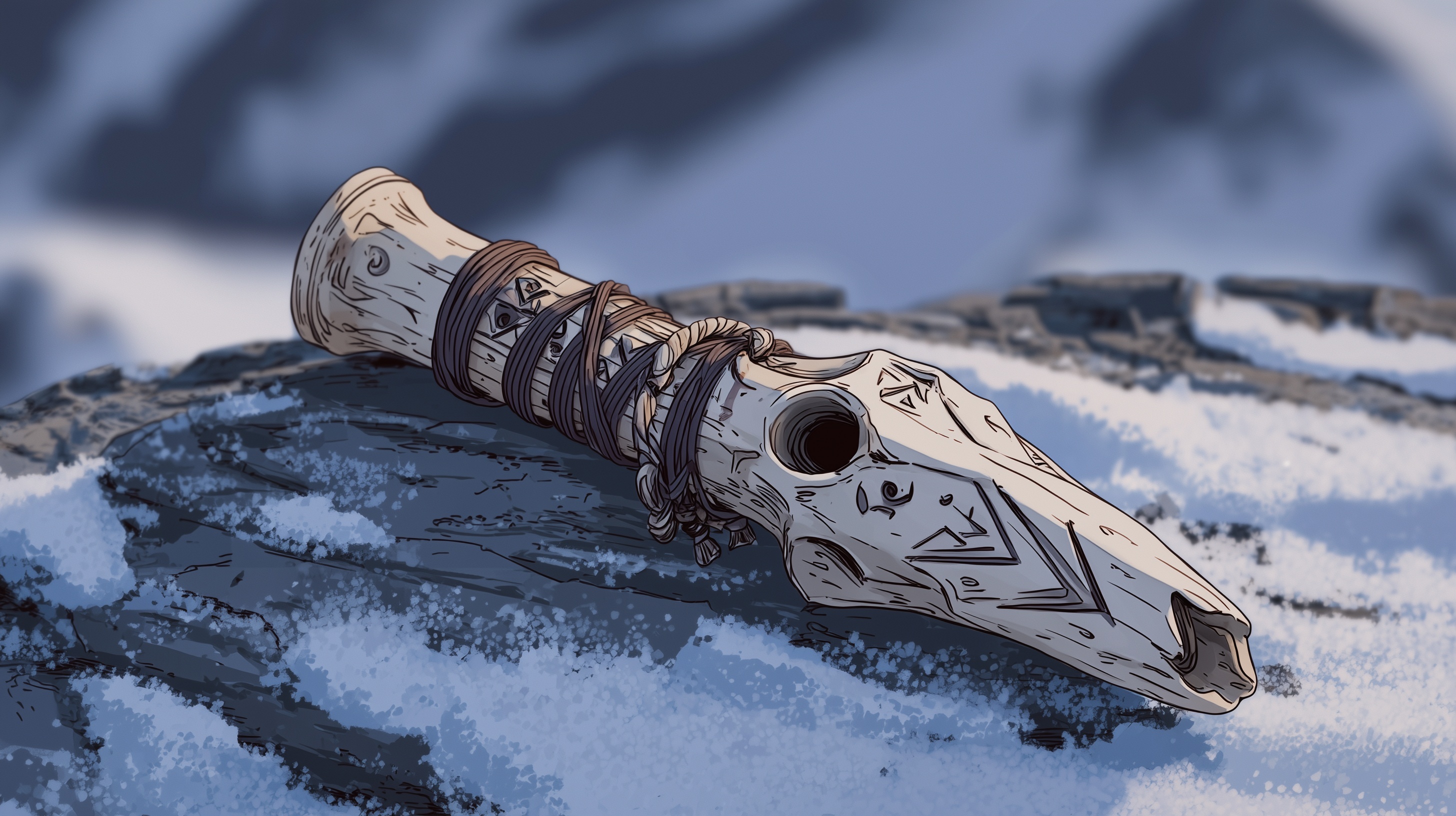
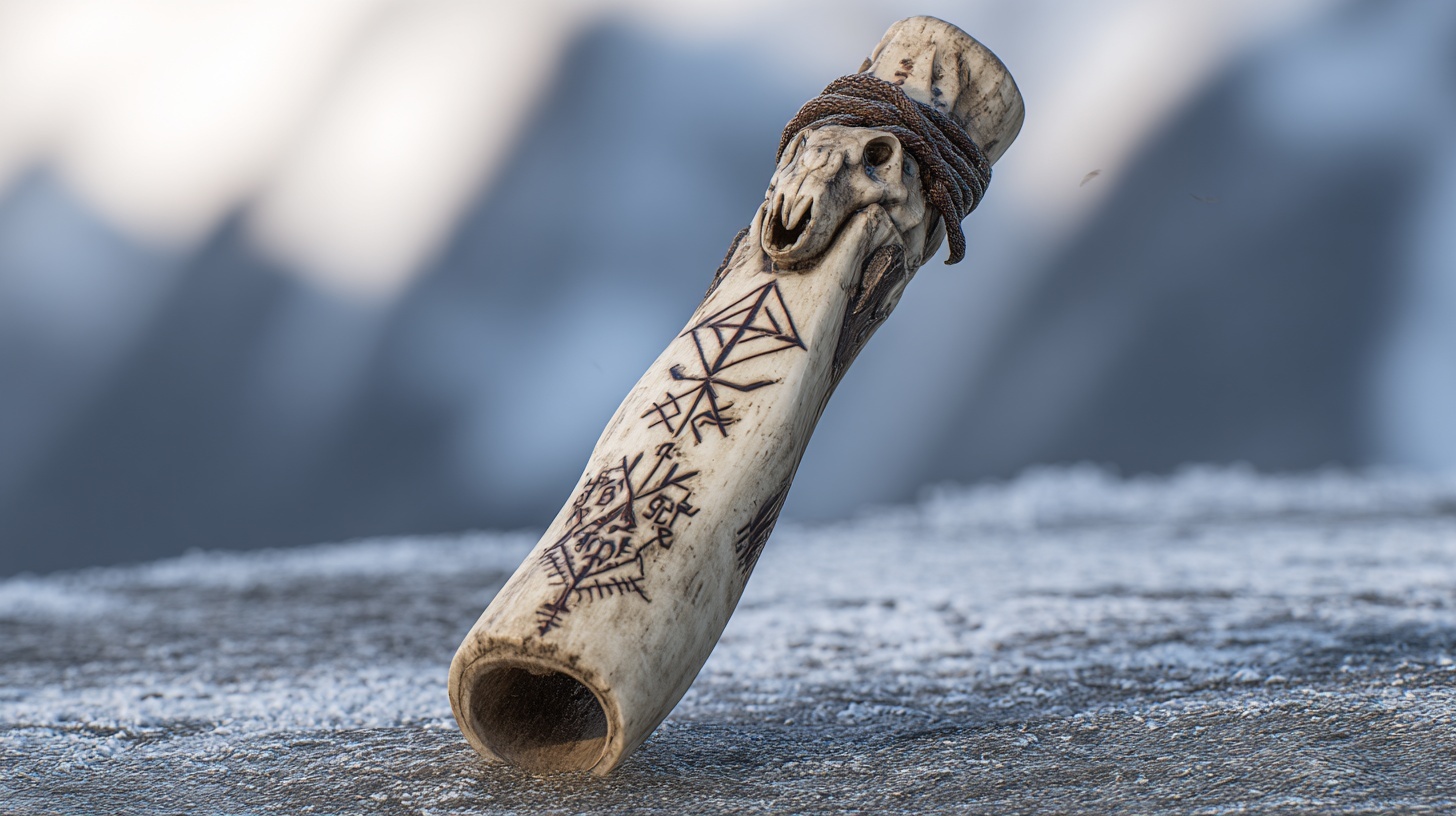
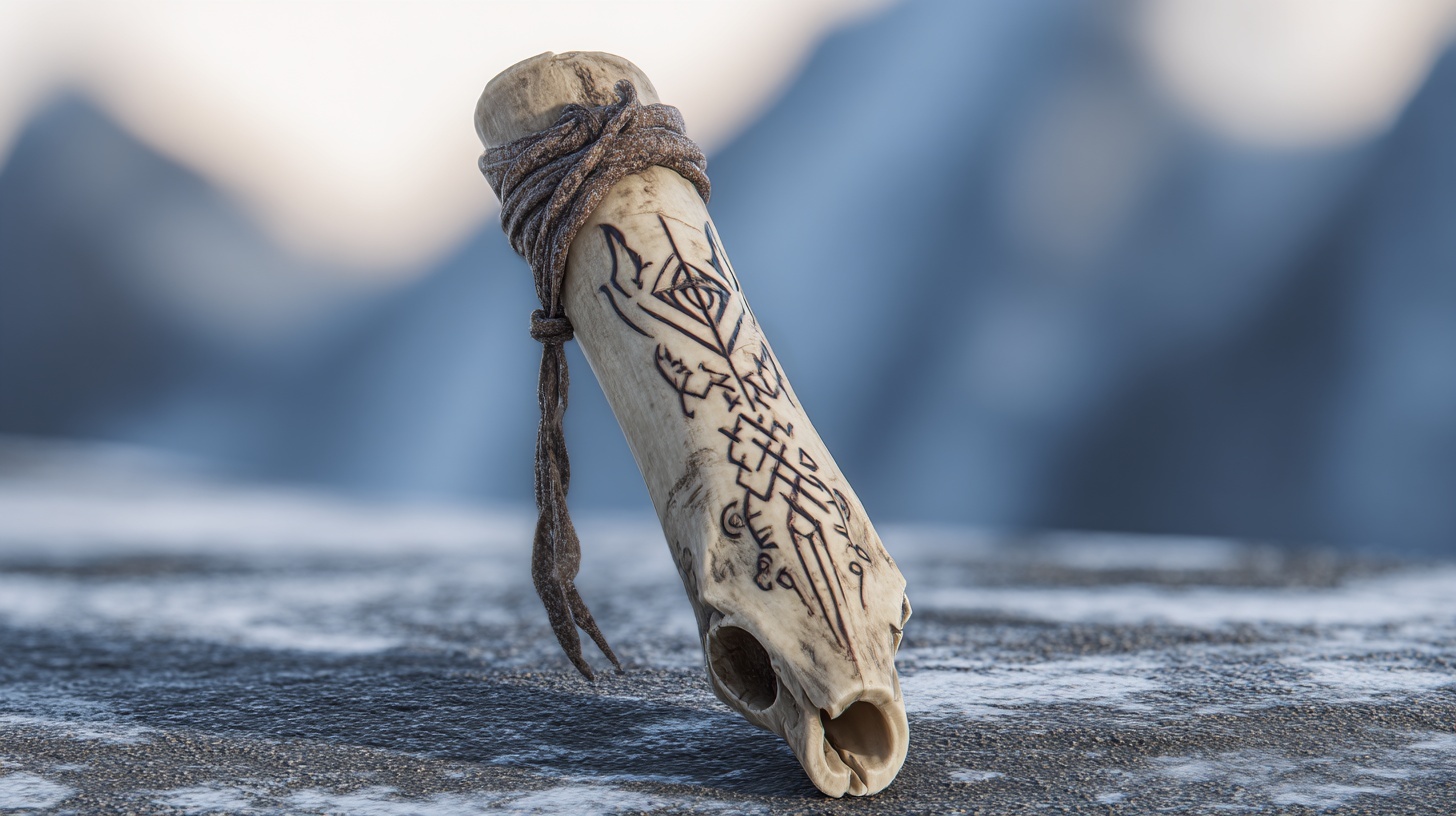
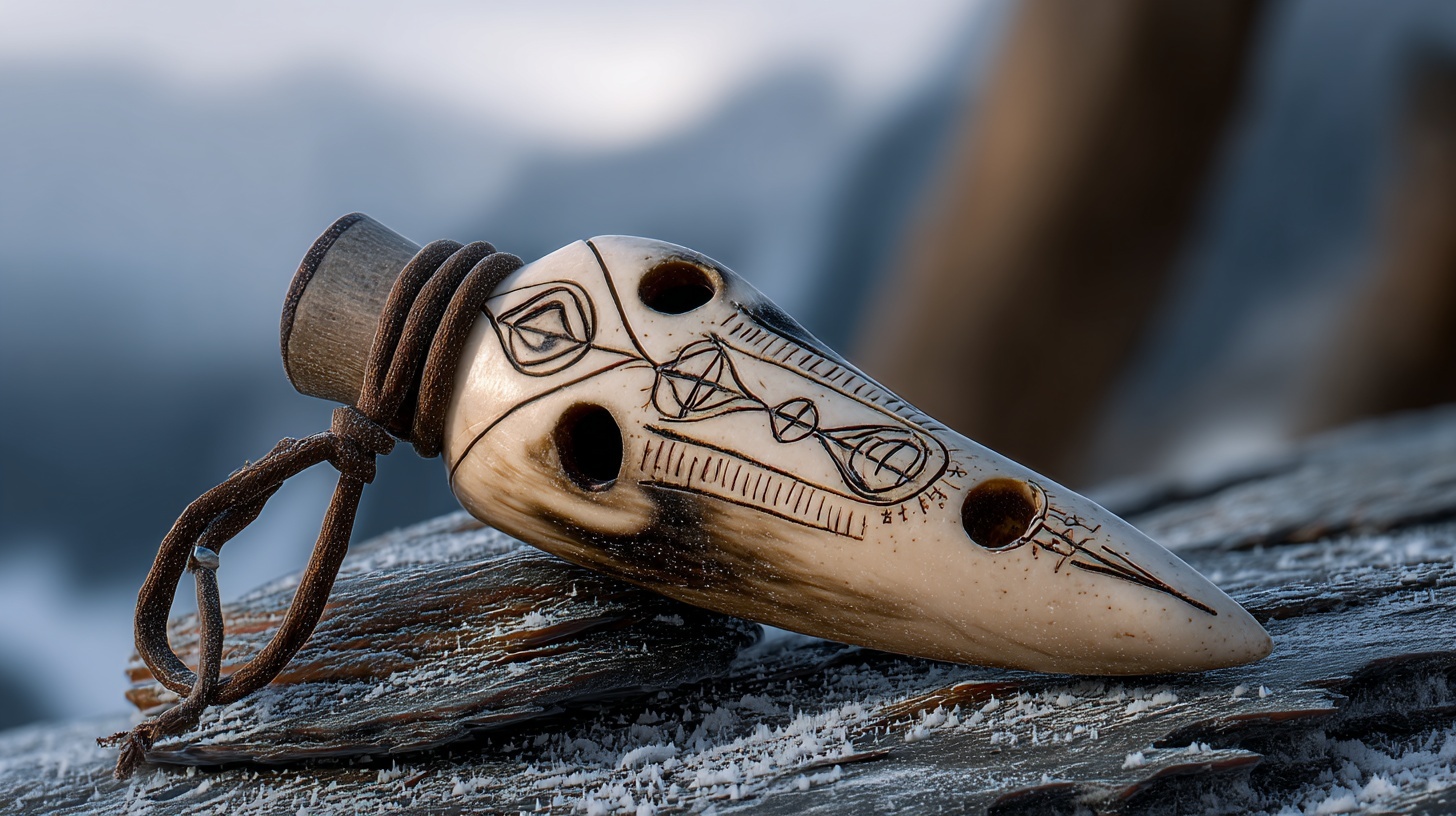
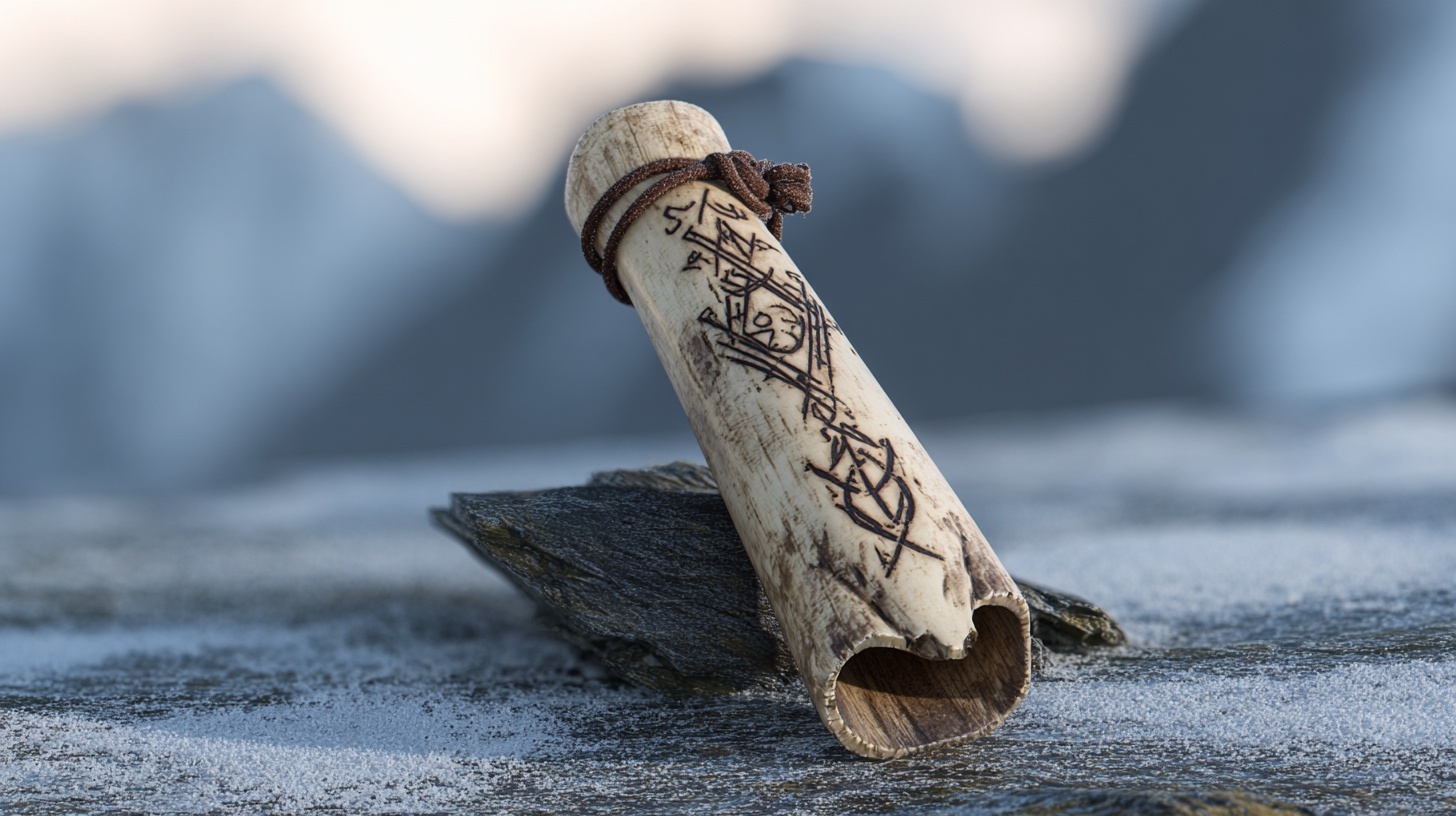
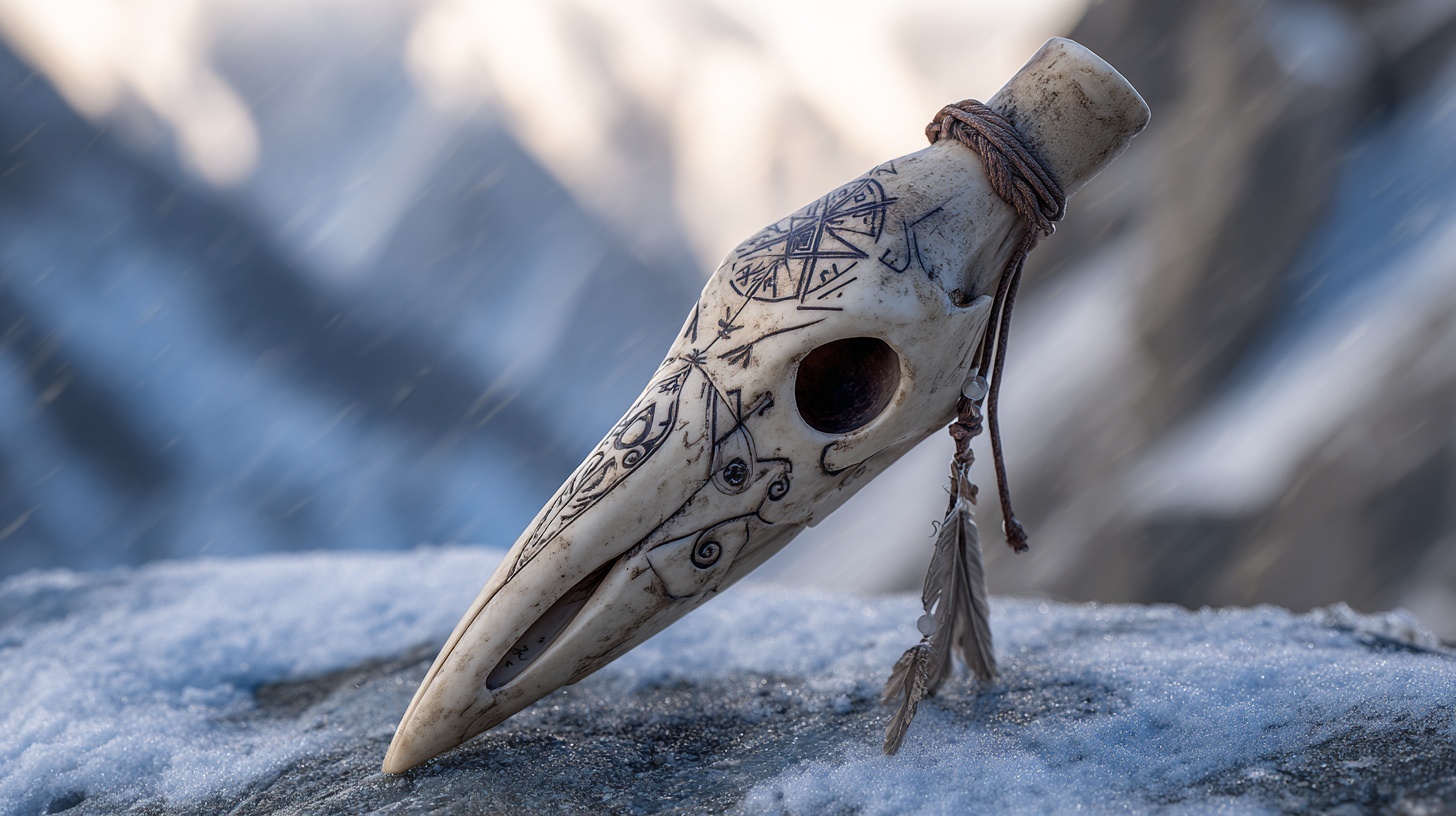

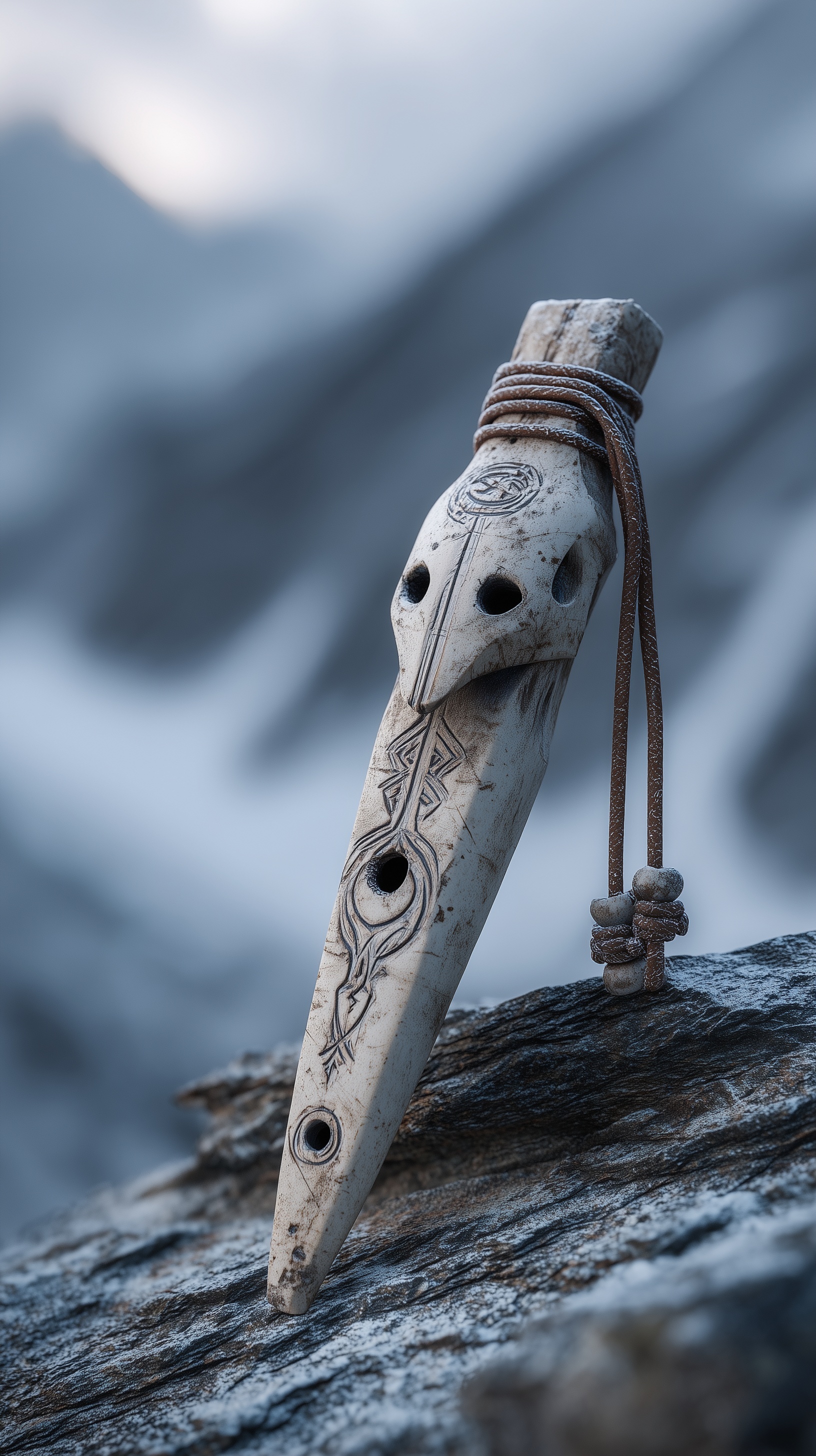



Oh, this is a strong piece. I admire how you use syntax, your wording in general. Sometimes I think your articles are a bit repetitive and I loose track farther down, but this one is really captivating!